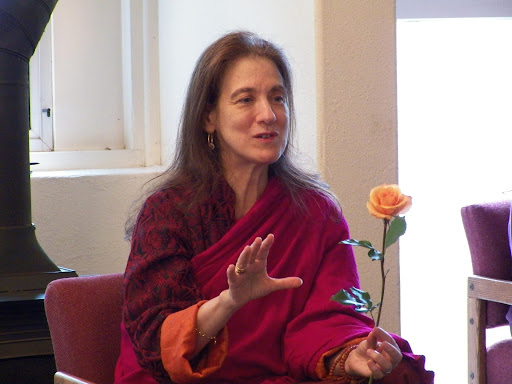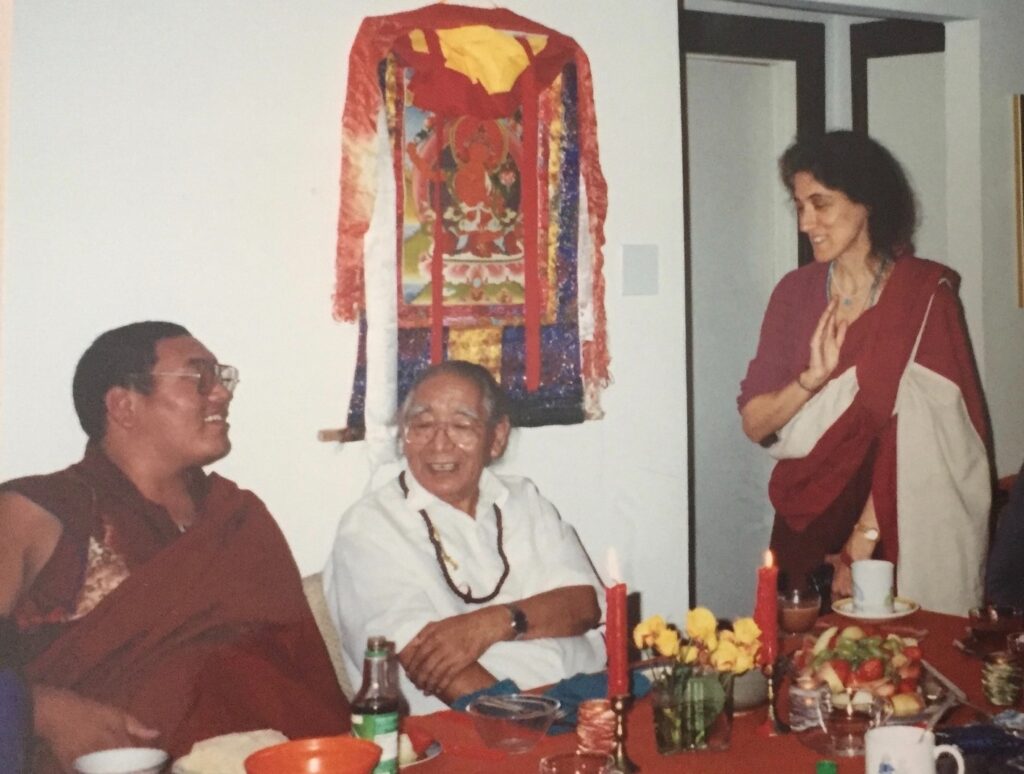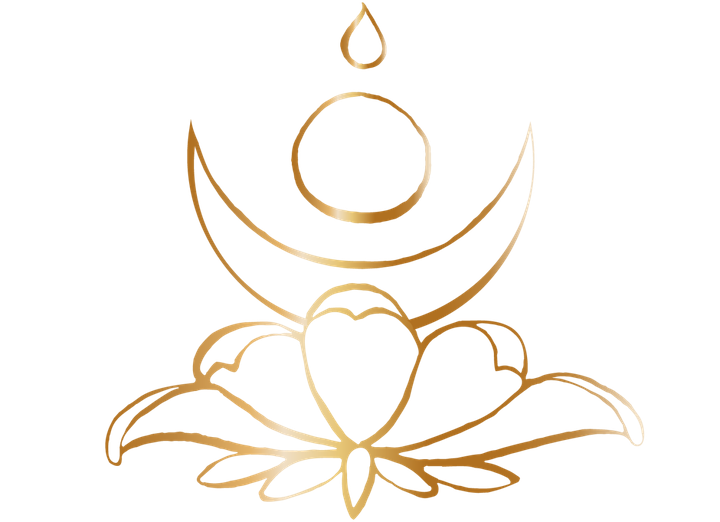
00:00:00 Anne’s early days coming onto her spiritual journey
00:09:00 Her time in India with HHDL, Rabten Rinpoche and others.
00:14:00 Longchen Nyingtig pilgrimage in Tibet and meeting Adz.om Rinpoche emanation of Jigme Lingpa.
00:20:00 Terton and visionary capacities and spontaneous song
00:29:00 The importance of heartfelt confidence
00:39:00 Doubtless of our awakenment, buddhas masquerading as humans
00:42:00 Karmic and wisdom narratives and the ground of Dzogchen
00:46:00 Trained imagination, permission, and realization
00:54:00 Geshe Ngawang Wangyal, “America’s first lama”

Links:
Dawn Mountain www.dawnmountain.org
Dzogchen Cycles https://www.dawnmountain.org/dzogchen-cycles/
Online Course, Longchenpa Training: https://wisdomexperience.org/courses/longchenpa-training/
Her recent book: Being Human and a Buddha Too
https://wisdomexperience.org/product/being-human-and-a-buddha-too/
Podcast
https://oliviaclementine.com/podcasts
Support
Enjoy these episodes? Please leave a review here. Scroll down to Review & Ratings. https://podcasts.apple.com/us/podcast/love-liberation/id1393858607
